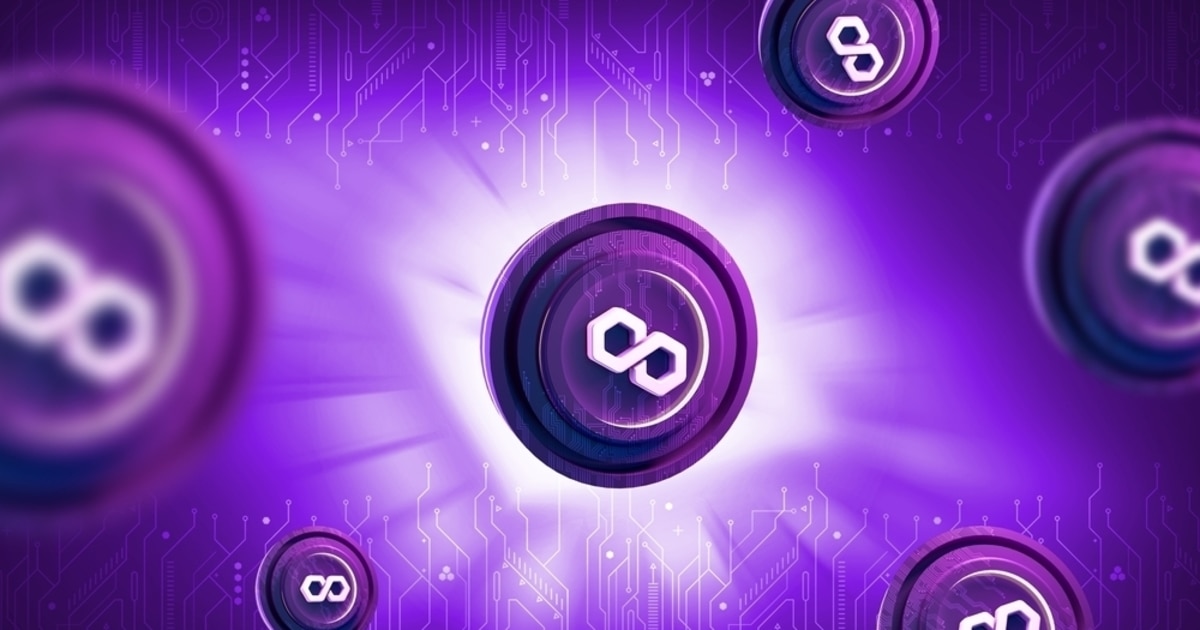
Three weeks after a Polygon Improvement Proposal (PIP) detailed the specifications for POL, the contracts have been deployed on the Goerli testnet. This is a significant milestone towards the full implementation of Polygon 2.0. The deployment is the culmination of extensive community consultations and signifies the network’s readiness for the next phase of its development.
Two new PIPs, PIP-24 and PIP-25, have been introduced based on community feedback. PIP-24 proposes changes to the EIP-1559 burn system, which has removed over 20 million MATIC tokens from circulation since its implementation in January 2022. The proposal aims to modify the recipient address of the burn on the Polygon PoS network, making it a prerequisite for the implementation of Phase 0 of Polygon 2.0.
PIP-25, on the other hand, aims to adjust the total supply of POL tokens to ensure a 1:1 ratio with previously burnt MATIC tokens. This proposal is crucial for maintaining consistency in the network’s economic mechanisms, thereby ensuring a smooth transition from MATIC to POL.
In the coming weeks, Polygon plans to share the first steps of the new governance structure for Polygon 2.0. The core of this governance will be a new Ecosystem Council, comprising thought leaders and technology experts in the Web3 community. This council is expected to play a pivotal role in steering the network towards its goals and ensuring that it remains secure and efficient.
For Polygon PoS, Polygon zkEVM users, or MATIC holders, no immediate action is required at this stage. The same holds true for node operators and stakers. However, community members are encouraged to participate in the governance process and provide feedback on the proposed changes.
Polygon POL is the next-generation token designed to replace MATIC in the Polygon 2.0 architecture. It aims to accommodate an ecosystem of zero-knowledge-based Layer 2 chains by enabling staking, community ownership, and governance. POL is expected to handle emission and token migration, serving as the native gas token for the Polygon Proof-of-Stake (PoS) network. The introduction of POL is seen as a transformative step for Polygon, as it not only enhances the network’s capabilities but also aligns with the broader vision of scaling Ethereum to the size of the Internet.
Image source: Shutterstock
- SEO Powered Content & PR Distribution. Get Amplified Today.
- PlatoData.Network Vertical Generative Ai. Empower Yourself. Access Here.
- PlatoAiStream. Web3 Intelligence. Knowledge Amplified. Access Here.
- PlatoESG. Carbon, CleanTech, Energy, Environment, Solar, Waste Management. Access Here.
- PlatoHealth. Biotech and Clinical Trials Intelligence. Access Here.
- Source: https://Blockchain.News/news/polygon-2-0-takes-major-step-with-pol-contracts-on-goerli-testnet
- :has
- :is
- :not
- 1
- 1:1 ratio
- 20
- 2022
- a
- accommodate
- Action
- address
- After
- aims
- Aligns
- also
- an
- and
- architecture
- ARE
- AS
- At
- based
- BE
- been
- blockchain
- broader
- burn
- burnt
- but
- by
- capabilities
- chains
- Changes
- Circulation
- coming
- coming weeks
- community
- comprising
- consultations
- contracts
- Core
- Council
- crucial
- deployed
- designed
- detailed
- Development
- Economic
- ecosystem
- efficient
- EIP-1559
- emission
- enabling
- encouraged
- Enhances
- ensure
- ensuring
- ethereum
- expected
- experts
- extensive
- feedback
- First
- first steps
- For
- from
- full
- GAS
- Goals
- Goerli
- Goerli testnet
- governance
- hand
- handle
- Have
- holders
- holds
- However
- HTTPS
- immediate
- implementation
- improvement
- in
- Internet
- introduced
- Introduction
- IT
- ITS
- January
- jpg
- layer
- Layer 2
- leaders
- Maintaining
- major
- Making
- Matic
- mechanisms
- Members
- migration
- milestone
- million
- modify
- native
- network
- New
- news
- next
- next-generation
- no
- node
- Node Operators
- of
- on
- only
- operators
- or
- Other
- over
- ownership
- participate
- phase
- pivotal
- plans
- plato
- Plato Data Intelligence
- PlatoData
- Play
- Polygon
- Polygon zkEVM
- PoS
- PoS Network
- previously
- process
- Proof-of-Stake
- proof-of-stake (PoS)
- proposal
- proposed
- proposes
- provide
- ratio
- Readiness
- remains
- Removed
- replace
- required
- Role
- s
- same
- scaling
- secure
- seen
- serving
- Share
- significant
- signifies
- since
- Size
- smooth
- Source
- specifications
- Stage
- stakers
- Staking
- steering
- Step
- Steps
- structure
- supply
- system
- takes
- Technology
- testnet
- that
- The
- thereby
- this
- thought
- thought leaders
- to
- token
- Tokens
- Total
- towards
- transformative
- transition
- true
- users
- vision
- Web3
- Web3 community
- Weeks
- which
- will
- with
- zephyrnet
- zkEVM













